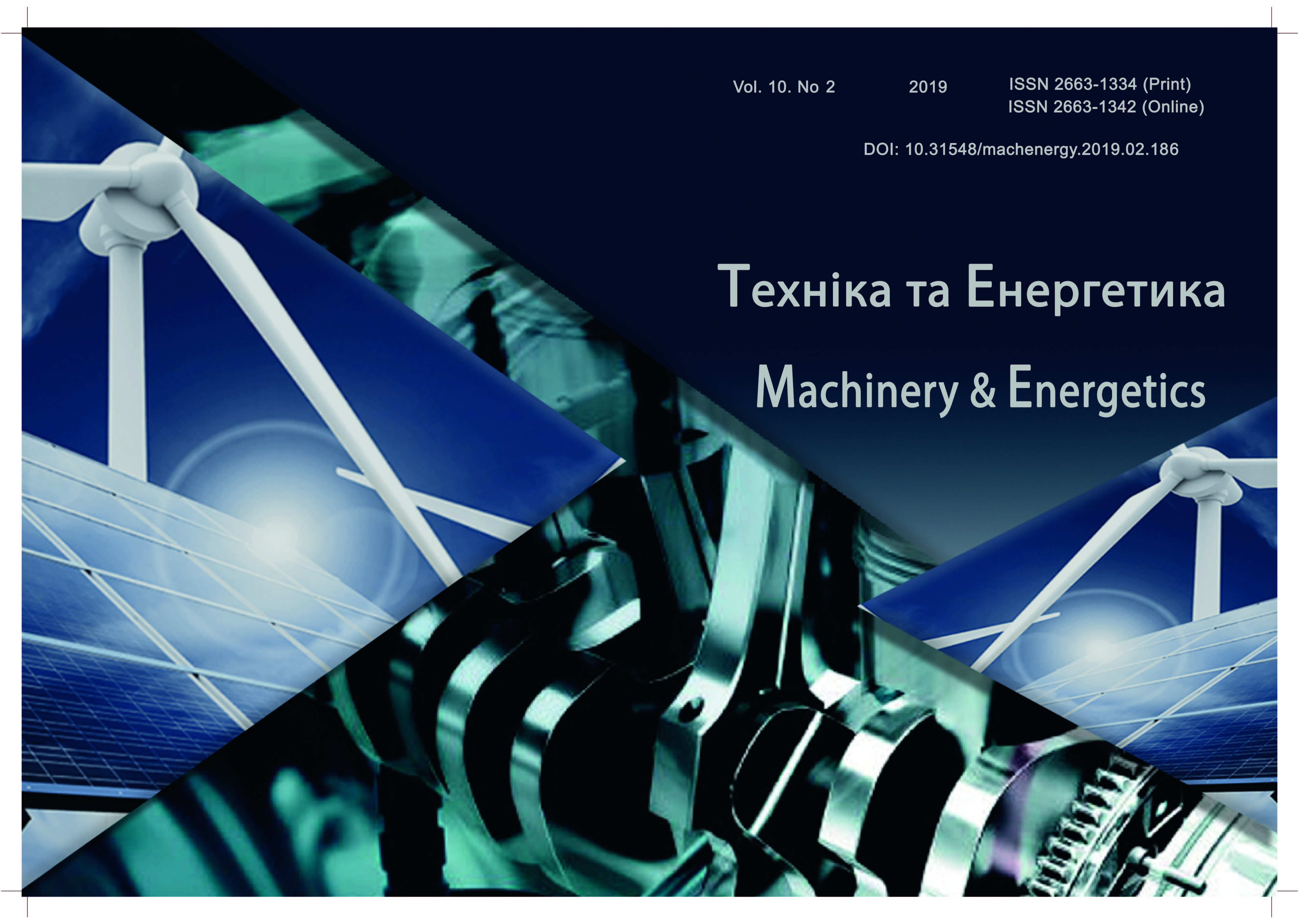Hydrogen influence of steel product quality
DOI:
https://doi.org/10.31548/machenergy2019.02.013Keywords:
hydrogen, steel, flocs, stress, heat treatment, temperature, heating, cooling, exposure.Abstract
In order to improve the quality of steel products, patterns of hydrogen dissolution in molten iron-carbon alloys and isolation during their crystallization and phase transformations are analyzed. The mechanism of hydrogen accumulation on the defects of the crystal structure of metals and alloys, the formation and propagation of cracks under the action of normal stress with the participation of a hydrogen cluster and dislocations, as well as the directions of preventing the negative effect of hydrogen are given. It has been established that the main reason for the formation of flocs is the presence of increased amounts of hydrogen in steel in tensile stress zones that occur during steel structural transformations, plastic deformation, uneven cooling, stress concentration sites, lattice defects, grain boundaries, non-metallic inclusions and segregation non homogeneities. Based on the established regularities, the modes of cooling and holding of blanks from carbon and low-alloyed steels after hot working by pressure, as well as preliminary and final anti-flocking heat treatment of steel blanks containing hydrogen, which allow to obtain high-quality steel products without flocs, are developed.
References
Yavoisky V. I., Bliznyukov S. A., Vishkarev A. F. (1979). Inclusions and gases in steels. Moscow. Metallurgy.
Averin V. V., Revyakin A. V., Fedorchenko V. I., Kozina L. N. (1976). Nitrogen in metals. Moscow. Metallurgy.
Andronov V. N., Chekin B. V., Nesterenko S. V. (1977). Liquid metals and slags. Handbook. Moscow. Metallurgy.
Banny O. A., Budberg P. B., Alisova S. P. (1986). State diagrams of binary and multicomponent iron-based systems: Ref. ed. Moscow. Metallurgy.
Kolachev B. А. (1985). Hydrogen fragility of metals. Moscow. Metallurgy.
Durynin V. А., Solntsev Yu. P. (2006). Research and improvement of production technology with the aim of increasing the resource of steel products from large forgings of responsible purpose. Sanct-Peterburg: Himizdat.
Downloads
Published
Issue
Section
License
Relationship between right holders and users shall be governed by the terms of the license Creative Commons Attribution – non-commercial – Distribution On Same Conditions 4.0 international (CC BY-NC-SA 4.0):https://creativecommons.org/licenses/by-nc-sa/4.0/deed.uk
Authors who publish with this journal agree to the following terms:
- Authors retain copyright and grant the journal right of first publication with the work simultaneously licensed under a Creative Commons Attribution License that allows others to share the work with an acknowledgement of the work's authorship and initial publication in this journal.
- Authors are able to enter into separate, additional contractual arrangements for the non-exclusive distribution of the journal's published version of the work (e.g., post it to an institutional repository or publish it in a book), with an acknowledgement of its initial publication in this journal.
- Authors are permitted and encouraged to post their work online (e.g., in institutional repositories or on their website) prior to and during the submission process, as it can lead to productive exchanges, as well as earlier and greater citation of published work (See The Effect of Open Access).

